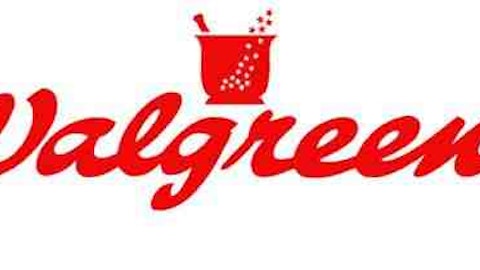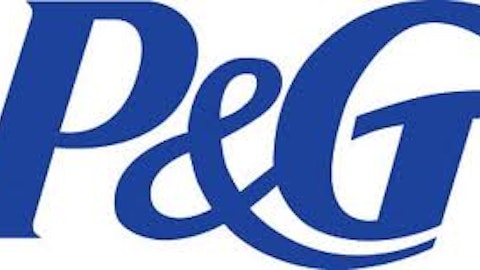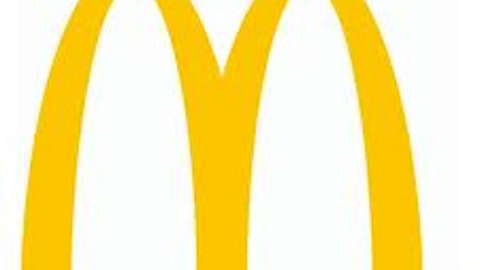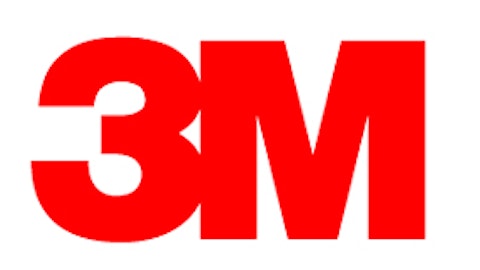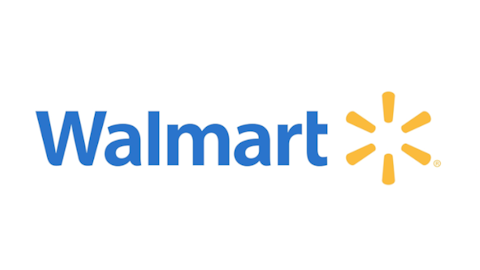Due to a plethora of reasons, Indian currency has depreciated by nearly 20% against the U.S Dollar over the last year. So, while Indian exporters are having a great time, foreign companies operating in India have been struggling with massive foreign exchange losses.
Since the Indian GDP is still expected to grow at 5-7% over for the next few years, foreign companies including The Procter & Gamble Company (NYSE:PG) and Unilever N.V. (ADR) (NYSE:UN) are taking advantage of the depreciated Rupee, and are investing heavily in the country.
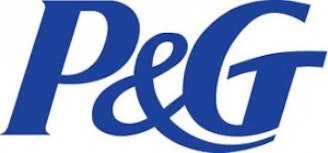
To begin with, The Procter & Gamble Company (NYSE:PG) operates with just 13 brands in India and generates only a fraction of its revenues from the country. But it is the fastest growing consumer goods company in India, with an annual growth rate of around 20% over the last 10 years. Although P&G has over 50 different brands available in over 90 countries, the company hasn’t been inducting its remaining brands in India due to their premium pricing and low per capita income in India.
On the operations side, The Procter & Gamble Company (NYSE:PG) booked losses of Rs 192 Crores ($30.2 million) in India over the last two years. This is because the company doesn’t have domestic manufacturing facilities for all of its 13 brands, and has a huge reliance on imports. The end result, its forex losses were greater than its profits.
Signalling a turnaround
To reduce its dependence on imports, The Procter & Gamble Company (NYSE:PG) recently announced that it will be investing $1 billion in India over the next 5 years. It will be setting up its largest Asian manufacturing facility in Andhra Pradesh, which will be spread over an area of 170 acres. The best thing about the project is that The Procter & Gamble Company (NYSE:PG) will be reimbursed 75% of the value added tax for the next 5 years by the Andhra Pradesh government. Not only will this bolster its margins, but also free up capital for reinvestment purposes.
Besides that, The Procter & Gamble Company (NYSE:PG) also announced that it will manufacture Oral-B Health Pro toothpaste in India. The Indian toothpaste industry is estimated to be worth around $700 million, and is largely dominated by Colgate-Palmolive Company (NYSE:CL) and Unilever N.V. (ADR) (NYSE:UN) with a collective share of 77%. Colgate enjoys a 51% market share, while Unilever N.V. (ADR) (NYSE:UN) operates with a 21% market share through its joint venture, Hindustan Unilever.
To capture a significant market share, Procter & Gamble has been aggressively marketing its toothpaste with the help of popular Indian celebrities. In my opinion, an essential commodity such as a toothpaste, will certainly add a prominent vertical for Procter & Gamble. Besides that, its production of Oral-B toothpaste will serve as a self marketing method for its Oral-B offerings in the country.
Why Procter & Gamble
But Procter & Gamble isn’t the only company that’s taking advantage of the depreciating Rupee. Unilever N.V. (ADR) (NYSE:UN)recently paid $3.2 billion to increase its stake in Hindustan Unilever, by 14.8%. The conglomerate now owns 67.28% in the joint venture, which is in-line with the company’s long term goals. Unilever N.V. (ADR) (NYSE:UN) currently generates around 15-20% of its revenues from India, and the stake increase will only expand its cash flows from India.
However, Colgate-Palmolive Company (NYSE:CL) has yet to come forth with its expansion plans in India. The company generates just 3-5% of its revenues from India, and, without expanding in the country, I’m afraid that its forex losses will only mount with the weakening Rupee.
Although Unilever N.V. (ADR) (NYSE:UN) presents a compelling bullish case, I believe that Procter & Gamble has the most growth potential amongst its mentioned peers. This is because, P&G generates just 40% of its revenues from emerging markets, while Colgate and Unilever N.V. (ADR) (NYSE:UN) generate around 50% and 55% from emerging nations. They have a saturated revenue mix, while P&G seems to have more room for expansions in the developing world.
Final words
At the current prices, all three companies appear to be trading at similar valuations with a similar set of fundamentals. But Procter & Gamble operates with the best debt/equity ratio of 49%, as compared to Colgate’s 302% and Unilever N.V. (ADR) (NYSE:UN)’s 80%. The icing on the cake is P&G’s dividend yield of 3.08%, with a reasonable payout ratio of 49%. Keeping all the reasons in mind, it’s not hard to justify why UBS has an outperform rating for P&G with a price target of $95 per share.
The article A Conglomerate With Huge Upside in Store originally appeared on Fool.com.
Piyush Arora has no position in any stocks mentioned. The Motley Fool recommends Procter & Gamble. Piyush is a member of The Motley Fool Blog Network — entries represent the personal opinion of the blogger and are not formally edited.
Copyright © 1995 – 2013 The Motley Fool, LLC. All rights reserved. The Motley Fool has a disclosure policy.
